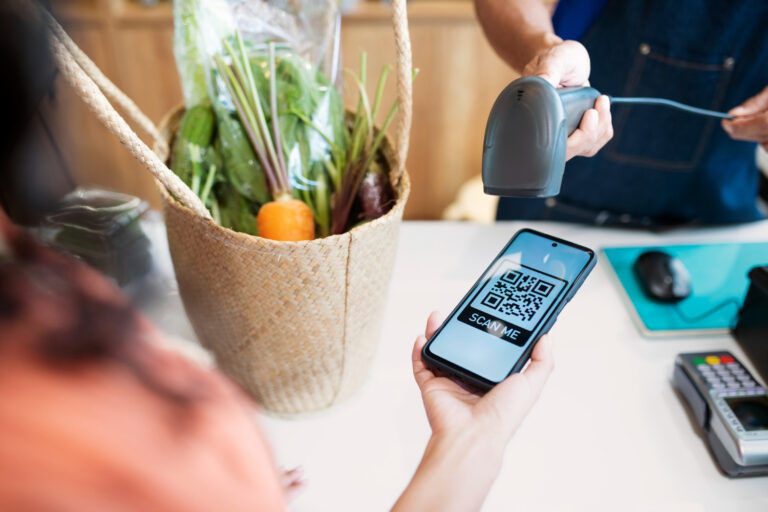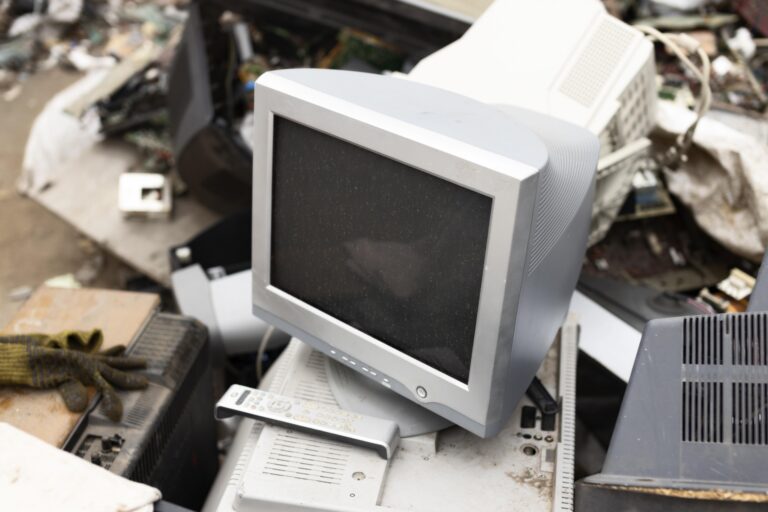Sustainable Learning: A Collaborative Week in Como with CFP Como
From the 25th of November till the 28th, we gathered in Como, Italy, for an important step in the Sustainable Learning project. Hosted by CFP Como (Centro Formazione Professionale), the meeting brought together partners to brainstorm, refine ideas, and plan next steps. CFP Como, a professional training center, focuses on equipping students with practical skills in fields like hospitality and beauty—helping them step confidently into the job market. Their hands-on approach to education set the tone for what turned out to be a productive and inspiring meeting.
Day One: Diving Into Research
The first day was all about making sense of the research we’ve been collecting. The project is about connecting non-formal learning (NFL)—things like workshops, outdoor education, and project-based learning—with more traditional, formal education. We’ve been gathering ideas and practices from different countries to figure out how these two approaches can complement each other.
In Como, we categorized everything into six main themes. Then, we took a closer look at each theme, creating word clouds to highlight the ideas and concepts that stood out most. For example, under the theme of Autonomy and Choice for Youngsters, the word “different” popped up a lot. This got us talking about how to offer students variety without overwhelming them. We discussed ways to make learning playful and engaging, using techniques like game-based learning and LUDO didactics. It was clear that when learning feels like an adventure, students are more likely to stay curious and involved.
After that, we tackled recommendations generated from our research. For each theme, we debated ideas like promoting green skills through hands-on projects or giving students more say in their learning. It wasn’t just a brainstorming session—it felt like real progress in making these concepts practical and useful.
Day Two: Focus on Skills and Sustainability
The second day was all about skills: recognizing them, validating them, and making sure they prepare students for the future. One big takeaway was how important it is to make validation accessible and meaningful for students. Certificates are great, but what if someone learns better through hands-on activities or conversations? We want to recognize those skills too. The discussion was grounded in practical examples, making it easier to see how we could apply these ideas in real settings.
We also looked at green skills—things like sustainable farming, recycling, and energy-saving practices. It’s no secret that the future will demand more environmentally conscious workers. We explored frameworks like GreenComp to make sure the skills we promote are aligned with what young people will need in the workforce.
Creating Tools for Educators
One of the most exciting parts of the meeting was planning the educator’s toolbox. This digital resource will provide teachers with ready-to-use tools for blending formal and non-formal learning. We talked about making it modular, with sections for activities, roadmaps for setting up projects, and even examples of how to connect non-formal learning methods to formal curriculum goals.
To keep it relevant, we’re focusing on themes like farming or other practical, sustainable activities that align with the Sustainable Development Goals (SDGs). The toolbox isn’t just for teachers—it’s also designed for youth workers, so they can use it to complement their non-formal methods and work more closely with formal educators.

Sharing the Journey
The last thing we tackled was communication—how we can share what we’re doing with a wider audience. Whether it’s through blog posts like this one, Instagram stories, or sharing best practices from our own organizations, we want people to see what Sustainable Learning is about. Everyone left with clear ideas about what to contribute, so expect to see more updates soon!
Takeaways and What’s Next
By the time the meeting wrapped up, we’d made real progress on turning our ideas into action. CFP Como gave us a firsthand look at how education can be practical, adaptable, and focused on real-world skills. Their model was a great reminder of why this project matters.
Looking ahead, we’ll be working on finalizing the toolbox, preparing communication materials, and getting ready for our next meeting in Norway. But for now, we’re leaving Como with a stronger sense of purpose—and a clearer idea of how to make sustainable learning a reality.



